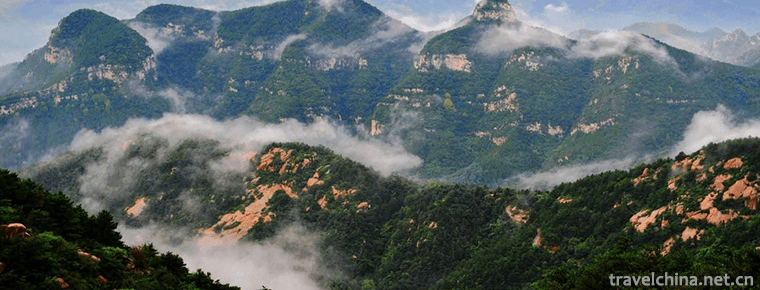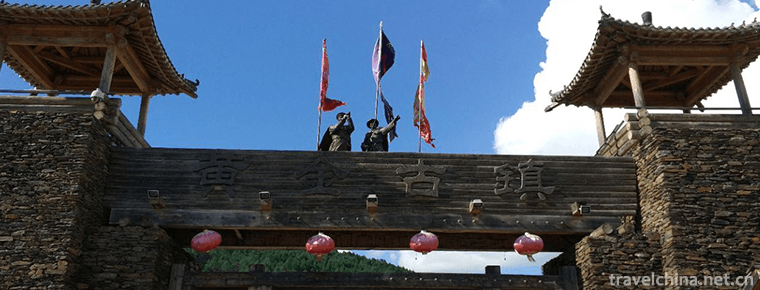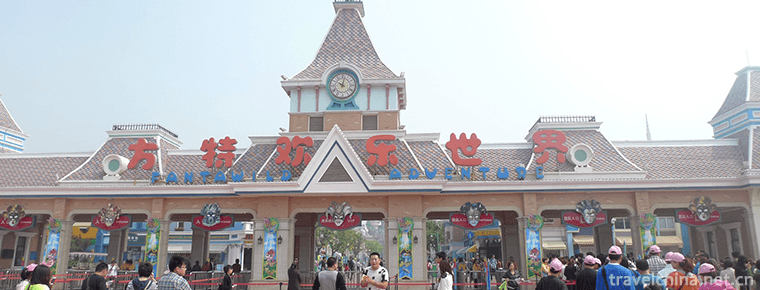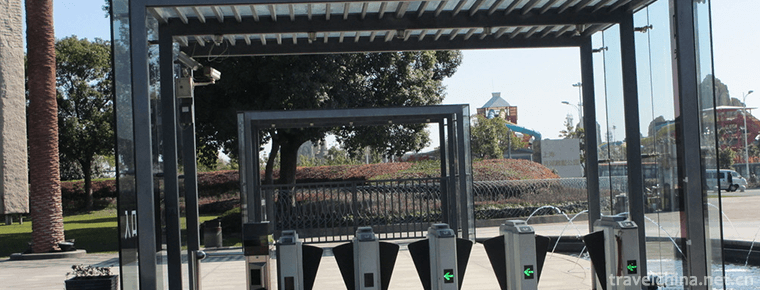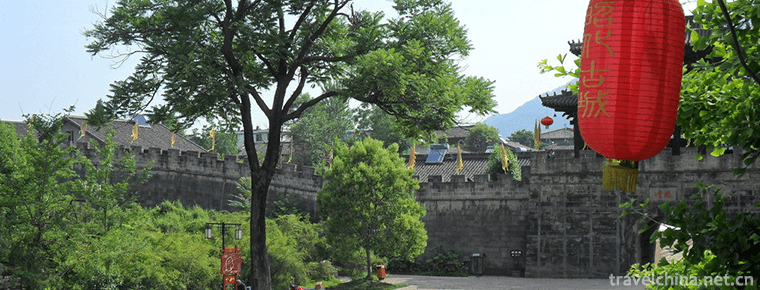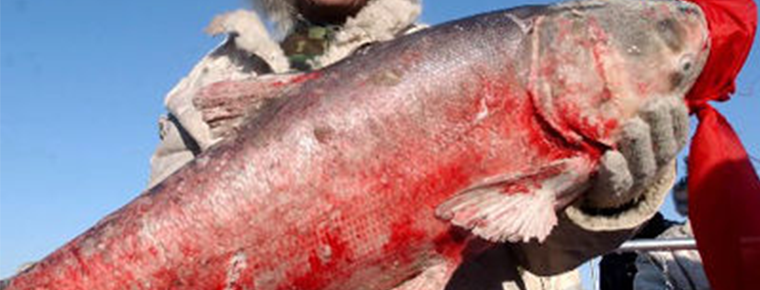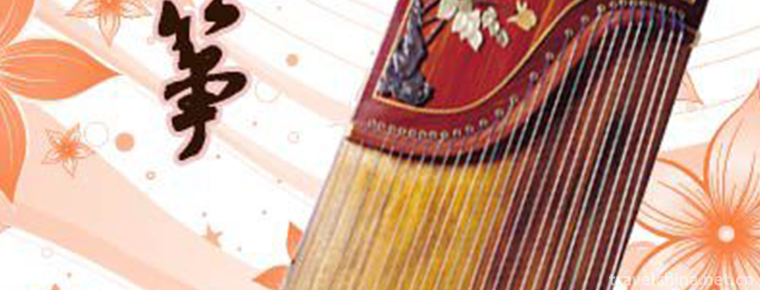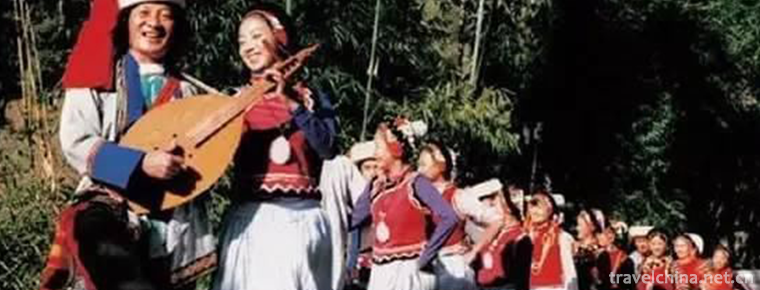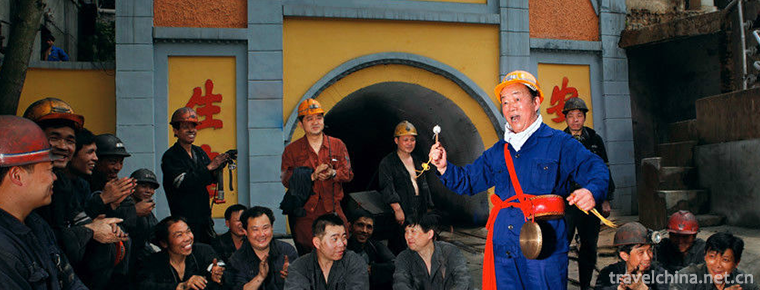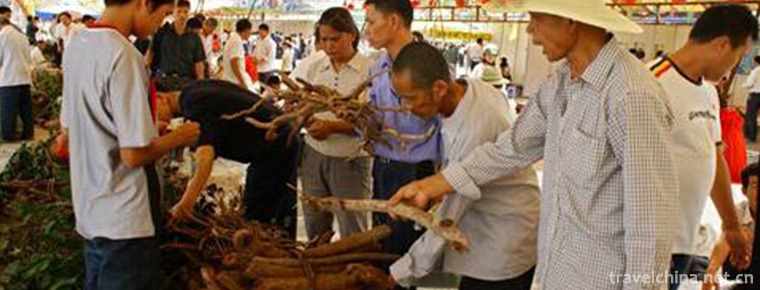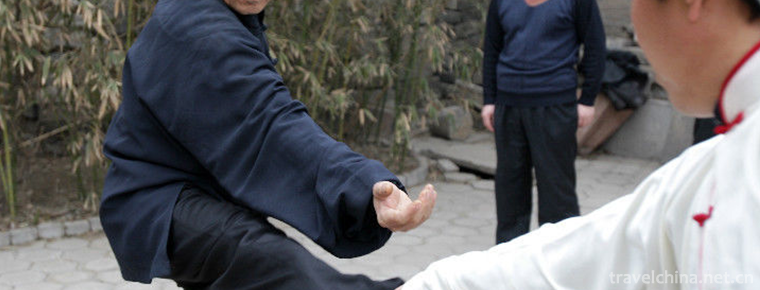De rong xue qiang
De rong xue qiang
Derong Xueqiang is a folk dance popular in Waka Township, Derong County, Ganzi Prefecture. Its movements are strong, simple and generous, its next steps are strong and its feet are crisp. When the dancers bend down and change their steps, their movements appear flexible and free and easy. The combination of stamping and pedaling creates a unique charm of Qiang dance.
On June 7, 2008, the "Derong Xueqiang" declared by Derong County of Sichuan Province was listed in the second batch of national intangible cultural heritage list with the approval of the State Council.
Heritage serial number: 663 III-66.
historical origin
Xueqiang, also known as "love dance", is a unique form of folk song and dance created by the ancestors of Waka on the basis of combining Tibetan and Naxi folk arts. According to the folk legend of Derong, Princess Wencheng of Tang Dynasty (Princess Naxi) came to Tibet by way of this place. In order to welcome the princess, Derong Tusi Geng Awu specially gathered local folk artists to create songs and dances that could make the princess understand and have local characteristics. Eventually, Qiang songs and dances, which integrated the styles of Han, Tibetan, Naxi and Bai nationalities, came into being.
Because of the remote location and inconvenient transportation, these folk art treasures have been hidden deep in the mountains. Through the help of Tibetan cadres and participation in the Festival of Non-Heritage, the Derong Cultural Heritage will come out of the mountains.
artistic characteristics
Xueqiang means dancing together. It is popular in Waka Town (Atomic Geng Township) of Derong County. It is also a kind of folk entertainment singing and dancing that the local people are most willing to participate in. The Qiang dance style and music color are unique, which is different from Ganzi Tibetan dance charm.
The movements are characterized by the bouncing and jumping of legs, and the lyrics are mostly about the love between young men and women. Nanlu Guozhuang is primitive, elegant and dignified. When performing, men and women circle around each other and sing and dance in turns. When dancing, they hold hands with each other or hold waist, bend down with low head, dance posture, upper body movements are small, and the main movements are concentrated on the foot and leg.
Inheritance status
As a kind of folk dance, Xueqiang is closely related to the folk activities of the people. Every festival, gathering and village where men and women, old and young, gather together, jump up to learn Qiang to show harmony and auspiciousness. Especially on autumn harvest night, people light bonfires, gather around them, and add the game of "jumping fire". It can be seen that the dance form of learning Qiang is also connected with the people's play and play.
Inheritance significance
The dance originated from the folk and spread to the folk. It has strong local characteristics in terms of lyrics, rhymes and steps. It contains the spiritual beliefs and value orientations handed down from generation to generation by the people who have won the honor, and has unique humanistic significance.
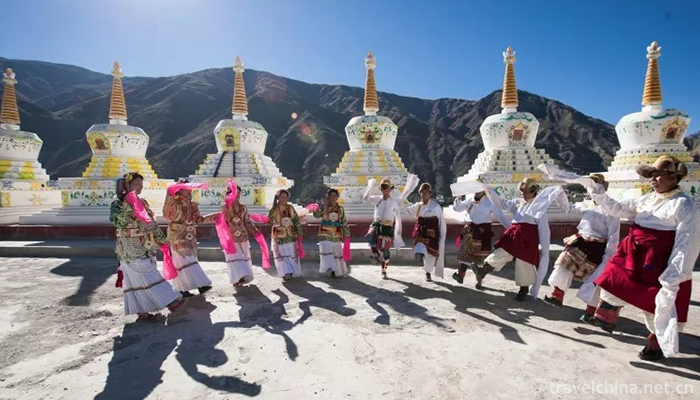
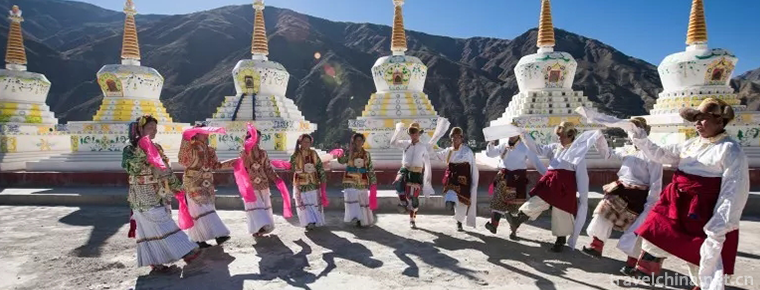
De rong xue qiang
-
Privacy Policy
We takes users' information safety and privacy as our lifeline. Based on our basic principle "Users' needs are our first priority", we are committed to enhancing the transparency of informat
Views: 1677 Time 2018-12-08 -
Yimeng Mountain Range
Yimeng Mountain Tourist Area is a cross-regional tourism area consisting of the geographical coordinates of Mengshan and Yishan Mountains according to the local tourism department of Shandong Province
Views: 138 Time 2018-12-08 -
Taipinggou Golden Town
The scenic spot of Taipinggou Gold Town is based on the history of gold mining in Taipinggou in late Qing Dynasty. It deeply excavates the historical culture and characteristic tourism resources
Views: 460 Time 2019-01-18 -
Mount Tai Fonters Happy World
Tai'an Fangte Happy World is located in the eastern New Area of Taishan District, Tai'an City, Shandong Province. Font's Happy World is characterized by science fiction and animation
Views: 396 Time 2019-02-13 -
Shanghai Yuehu Sculpture Park
Yuehu Sculpture Park is located in Sheshan National Tourism Resort, Songjiang District, Shanghai. It is built around the lake. It is a sculpture art park which combines natural scenery with modern lan
Views: 118 Time 2019-03-09 -
Zhaohua Ancient City Scenic Area
The ancient city of Zhaohua has a long history and rich humanities in Zhaohua Town, Zhaohua District, Guangyuan City, Sichuan Province. The original name of Yichang County was changed to Zhaohua Count
Views: 201 Time 2019-03-17 -
Winter capture of Chagan Lake
Winter fishing in Chagan Lake, namely ice and snow fishing (or hunting) in Chagan Lake in winter, is a traditional fishery production mode (custom) in Qianguoerros Mongolian Autonomous County
Views: 197 Time 2019-04-15 -
Guzheng Art
Guzheng is one of the oldest traditional stringed instruments. As early as the Spring and Autumn Period and the Warring States Period, it was prevalent in Shaanxi and Gansu.
Views: 201 Time 2019-05-01 -
Nu Dabian Dance
"Dabian Dance" is one of the representative dances of the Nu nationality, which is spread in the Nujiang Lisu Autonomous Prefecture Fugong County Nu villages. Dabian dance is characterized b
Views: 148 Time 2019-06-08 -
Pingxiang spring Gong
Pingxiang Spring Gong is a traditional form of music evolved from Primula in Pingxiang, Jiangxi Province. It is widely spread in Pingxiang City and its surrounding areas. It uses Pingxiang dialect and
Views: 164 Time 2019-06-09 -
Drug Market Customs
Pharmaceutical market is a trade fair held regularly in the centralized distribution center of traditional Chinese medicines with historical origin. There are more than 110 centralized distribution ce
Views: 225 Time 2019-07-11 -
Elbow pounding
This is a rather mysterious school, which originated from a famous family in Linqing, and is closely related to the chivalrous spirit inherent in the Chinese people; it is a fierce school, but it has
Views: 433 Time 2019-08-10

